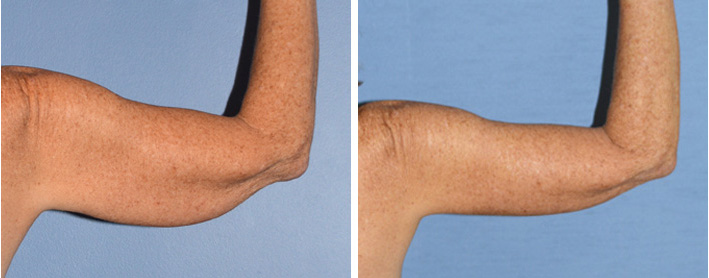Local Complications of Tummy Tuck
University of Washington Trained Plastic Surgeon Ludwig Allegra MD. See his 5.0 Real Patient Verified Star Google reviews.
Wound Dehiscence
This is where the incision line can separate. There is no infection per say but the edges of the wound are spread apart. This can be a superficial or deep separation. If it’s superficial; meaning just the skin or under the skin is involved, local wound care will likely solve the issue with time. However, separation can occur at deeper levels in the tissue this may require revision or more aggressive wound care techniques.
Wound Infection
Infection can happen with any surgery. Signs of infection include redness, pain, swelling, drainage or fever. Treatment can vary from oral antibiotics to IV antibiotics to surgical drainage or debridement.
Seroma and Abscess
These are sterile fluid collections or pockets that can form under the skin and subcutaneous tissue. This is not an infection or abscess. Signs include a swelling in the area that may be localized or span a larger area, ballotable (fluctuation when you press on the swelling like a fluid wave), and usually no pain. If the seroma becomes infected it is called an abscess (usually have pain associated). Small seromas may be treated with time and can resolve on their own. Larger ones may need drainage. Seromas if recurrent may need serial drainage or sclerosing agents to alleviate.
Nerve Pain
Nerve pain can occur secondary to plication of abdominal wall, direct injury or entrapment. Most of the time this pain is temporary and resolves on its own. Nerves associated with tummy tuck include the ilioinguinal nerve, the iliohypogastric nerve and the lateral femoral cutaneous nerve (meralgia parasthetica). If nerve pain is severe or chronic diagnosis and treatment include local blocks to surgical intervention.
Venous Thromboembolism
The formation of blood clots in the legs with the possibility of travelling to the lungs (pulmonary embolism). This complication can be diagnosed with CT angiography of the lungs and or duplex venous ultrasound. Some symptoms include, leg swelling, leg pain, chest pain, anxiety, lightheadedness, shortness of breath. Treatment consists of anticoagulation.











Philip Young MD, Aesthetic Facial Plastic Surgery PLLC




